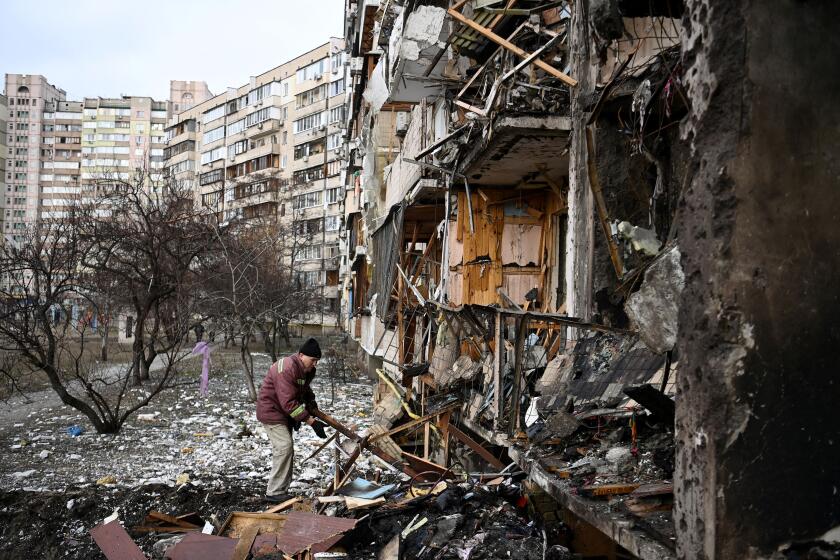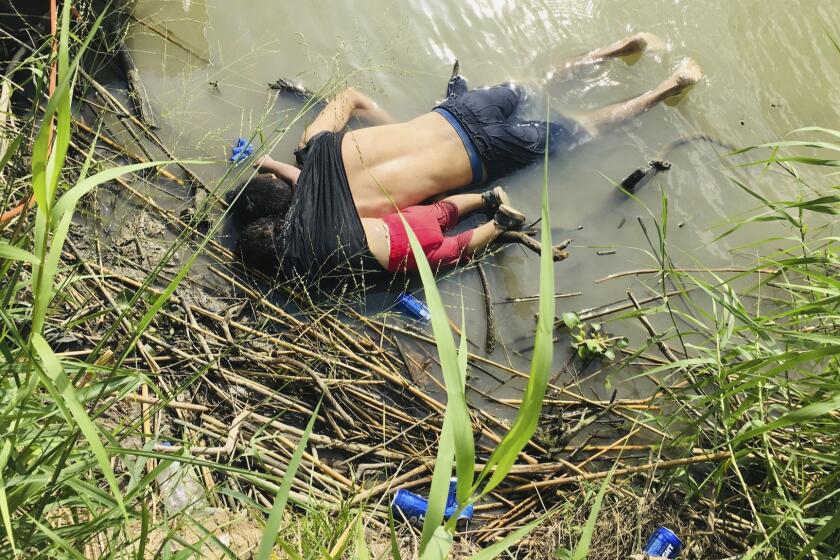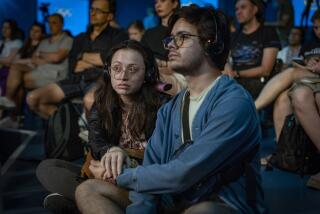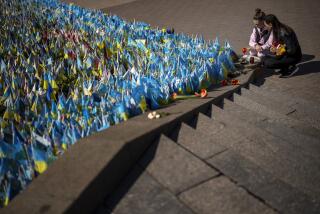Column: The image of a bloody mother and her unborn child symbolizes Russia’s brutality in Ukraine
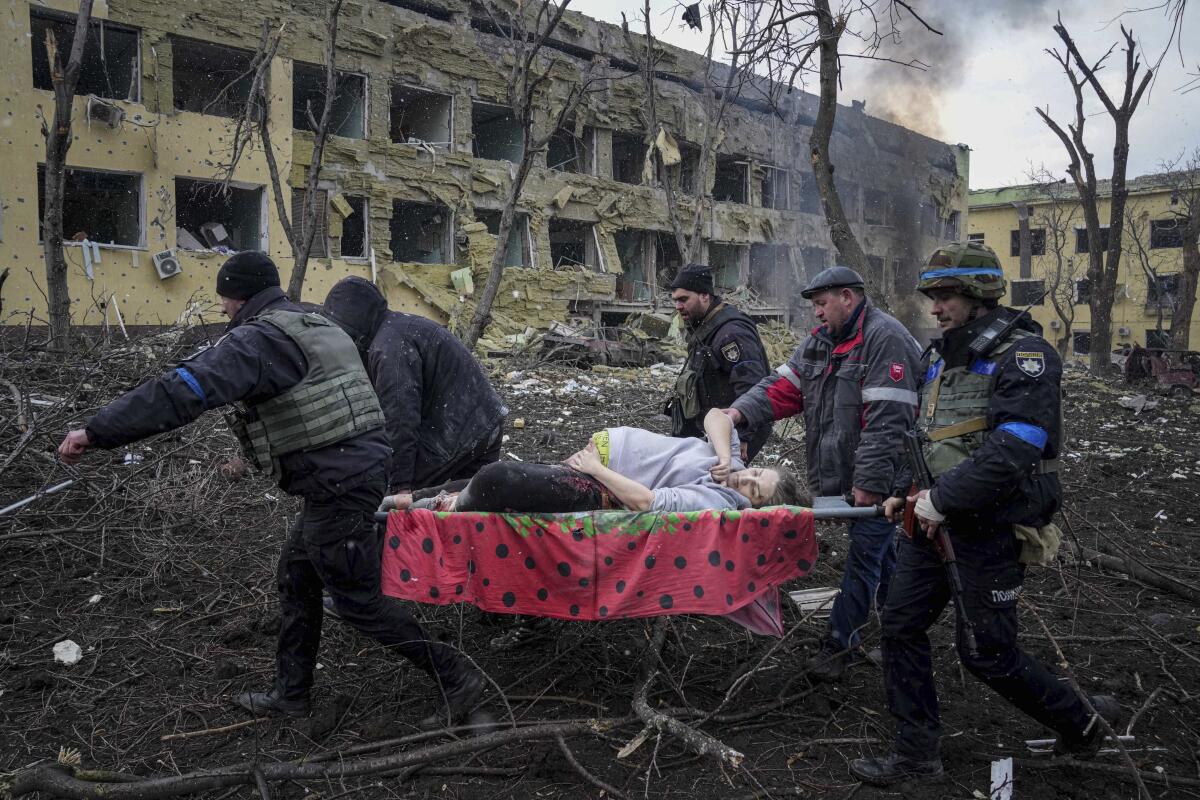
We don’t know much about her.
We know she was pregnant and close to giving birth.
We know she was severely injured a week ago, after Vladimir Putin’s tanks shelled a maternity hospital in the Ukrainian port city of Mariupol.
We know that her left hand cradled her belly as brave rescuers carried her to safety, that she was loaded into an ambulance and taken to another hospital. We know that her pelvis was crushed, and her left hip, bloody in the photo, was dislocated.
We know that doctors there delivered her baby by caesarean section, that the baby “showed no sign of life.”
And we know that she died too.
Every so often, a single photograph so perfectly encapsulates the terror, the tragedy, the despair of a particular moment that it jolts the world. The pregnant woman on the stretcher has become one of the most memorable images from the misbegotten Ukraine war. Her situation is as unthinkable, and gut-wrenching, as war itself.
If Putin is willing to kill pregnant women, we cannot help but think, what will the Russian dictator do next? And how should we answer him?
Every conflict produces indelible images of human suffering. We used to have to wait for the nightly news, or the newspaper to hit the porch. But now, with the flick of a “send” button, powerful photos go viral in an instant. Suffering that may have once seemed far away is right in our face.
In 2015, the image of a lifeless toddler face down on a beach in Turkey galvanized an international response to the Syrian refugee crisis.
We would learn that the boy was 3-year-old Aylan Kurdi, that he and his family were in the first stages of what they hoped would be a journey to Canada, when the inflatable boat they were in capsized. Within hours of the photo’s dissemination, migrant organizations and charities reported huge spikes in donations and offers from ordinary citizens willing to take in refugees from the Syrian civil war.
Russia’s battle is moving to the heart of Ukraine’s capital. The longer the war rages, the harder it will be for emigrants and refugees to return.
“People are saying they don’t want to be bystanders anymore,” the director of a group that operates a fleet of rescue boats in the Mediterranean told Britain’s Guardian newspaper. “We are increasingly understanding that behind every statistic, every number, there is a life — a life who has a mother, a father or a sibling, a grandparent.”
The public outcry forced the British government to change its policies on refugees.
Another image from the war in Syria produced similar shock and heartache. Omran Daqneesh, a boy about 5, sat dazed and bloody in an ambulance after a Russian air strike destroyed his home in Aleppo on behalf of the Syrian government.
Closer to home, as debate over migrants at our southern border raged, and then-President Trump bloviated about building a wall and making Mexico pay for it, one 2019 photograph said everything there was to say about what desperate people are willing to risk to make it to this country. It showed a father facedown in the mud and reeds of the Rio Grande, his toddler daughter tucked into his T-shirt with her arm draped over his neck.
A Turkish court on Friday sentenced two Syrian smugglers to prison terms of four years and two months each in connection with the deaths of five people including 3-year-old Aylan Kurdi, who galvanized world attention on the refugee crisis when a photo was published of him lying lifeless on a beach.
Their bodies lay near the Mexican border town of Matamoros, across the river from Brownsville, Texas, a mile or so from an international bridge.
Óscar Alberto Martínez Ramírez, 25, his 21-year-old wife, Tania Vanessa Avalos, and 23-month-old Valeria had fled the turmoil and violence of El Salvador and were hoping to apply for asylum in the United States. Relatives told reporters that the family tried to wade across the river after being told the bridge was closed. As it turned out, the bridge was closed because of the Trump administration’s policy of limiting the number of migrants allowed to seek asylum at border crossings.
“Trump is responsible for these deaths,” tweeted former U.S. Rep. Beto O’Rourke (D-Texas).
Sometimes an image is so powerful, it cuts through almost any noise.
These terrible images serve to focus the world’s attention, but they also raise ethical questions about whether graphic images of the dead amount to exploitation. Perhaps the most famous example of this quandary, and the toll it can take on those who bear witness, is a photograph taken by South African photojournalist Kevin Carter during a famine in Sudan in 1993.
The photograph shows an emaciated child, sitting on the ground, head bent, with a vulture watching in the background. It was one of the most shocking photographs published, to be sure, and brought home the unspeakable suffering and the world’s insufficient response.
The child survived. Carter, however, was widely criticized for not doing enough to intervene, though he said he chased the vulture away before leaving the scene. Three months after winning a Pulitzer Prize for the image in 1994, Carter died by suicide. “I am really, really sorry,” he wrote. “I am haunted by the vivid memories of killings & corpses & anger & pain.”
I’ve scoured the internet and have yet to find any detailed information in English about the woman on the stretcher in Mariupol. I hope, one day, to learn her name and hear her story.
She may be anonymous at the moment, but she has become a powerful symbol of the cruelty and pointlessness of this unforgivable war.
More to Read
A cure for the common opinion
Get thought-provoking perspectives with our weekly newsletter.
You may occasionally receive promotional content from the Los Angeles Times.

